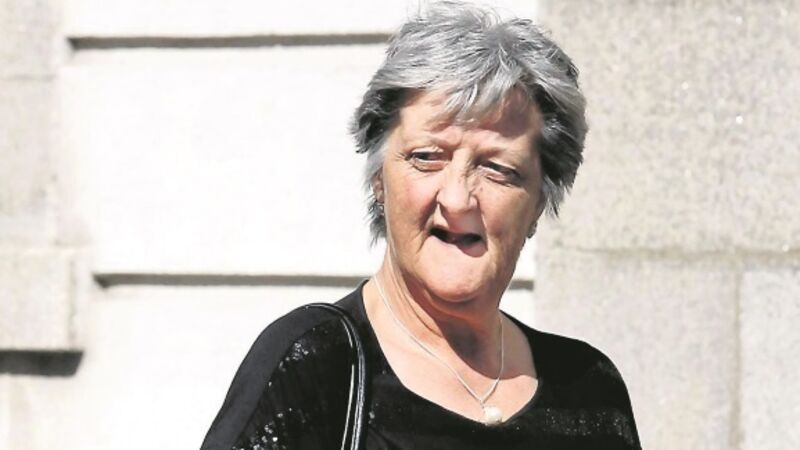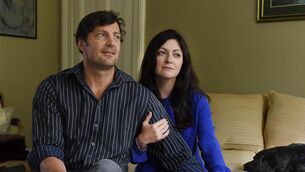Man sues over ‘birth brain damage’

Thomas O’Connor is profoundly disabled, spastic quadriplegic, and is blind and has to be fed through a tube.
Counsel Desmond O’Neill told the High Court yesterday that experts will say two alleged episodes of oxygen deprivation during his delivery and when he was less than one hour old contributed to the brain damage.













